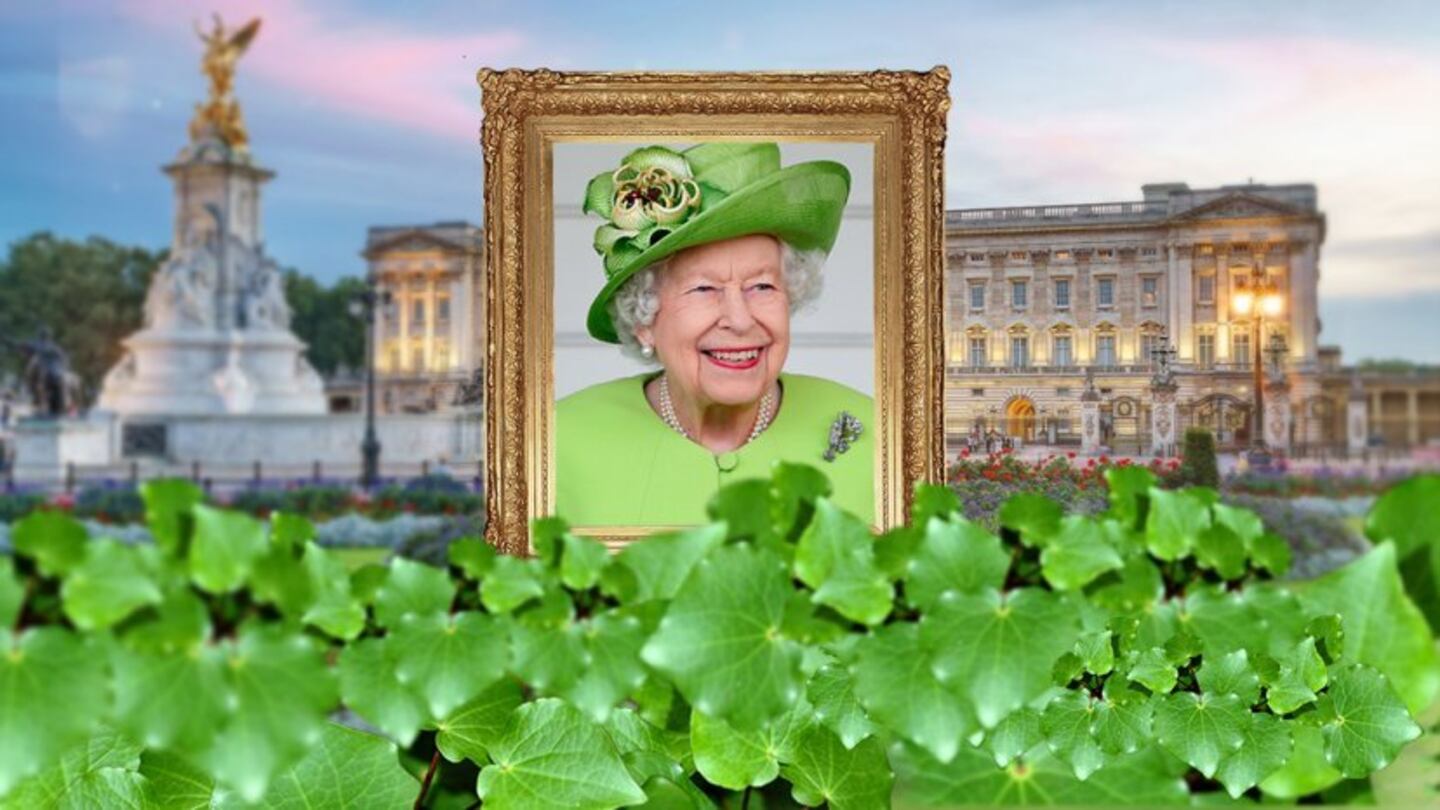Māori compared Queen Elizabeth to the rare white heron on her maiden royal tour following her coronation 70 years ago. It was a significant visit for Māori as she was the first reigning sovereign of the British monarchy to set foot in Aotearoa.
At 25 years of age, Princess Elizabeth Alexandra Mary, the firstborn of King George VI, became queen of the United Kingdom and the Commonwealth (including New Zealand) when her father died in February 1952.
The following year saw the queen visit many of her new realms. In New Zealand it was the first visit by a reigning sovereign, 113 years after New Zealand's founding document, the Treaty of Waitangi, was signed between the Crown and Māori.
Eleven days after her arrival, she finally received an official reception from tangata whenua at Arawa Park in Rotorua on Boxing Day 1954, where she was compared by Māori to the rare white heron.
The Queen's subsequent exchanges with Māori in her nine visits that followed weren't so cordial. Discontent about serious breaches of the treaty were rife.
She attended Waitangi Day celebrations at Waitangi three times, the last marking the 150th anniversary of the treaty in 1990, where the then Bishop of Aotearoa, the late Right Reverend Whakahuihui Vercoe delivered his famous controversial impromptu speech, drawing attention to Treaty breaches.
Royal assent in person
"The Treaty was a compact between two people," Vercoe said. "I want to remind our partner that you have marginalised us. You have not honoured the Treaty."
Queen Elizabeth did enjoy a close relationship with the late Māori Queen Te Arikinui Te Atairangikaahu and visited Tūrangawaewae Marae on several occasions.
In, fact, in an effort to address Māori grievances under the Treaty, the Waikato Raupatu Settlement Act 1995, which was the first major settlement of historical confiscation claims, was given royal assent in person by the Queen, the only New Zealand law to have had that honour.
The Queen's last visit to New Zealand was in 2002 as part of the commemorations of her golden (50th) jubilee. Since then, she has been represented by members of her family, primarily her firstborn, the Prince of Wales, who at 73 is now King Charles III and will ascend to the throne with his wife, the Duchess of Cornwall, now the Queen Consort; and by his two sons and their wives: William and Kate, now the Duke and Duchess of Cornwall and Cambridge and Harry and Megan, the Duke and Duchess of Sussex.


